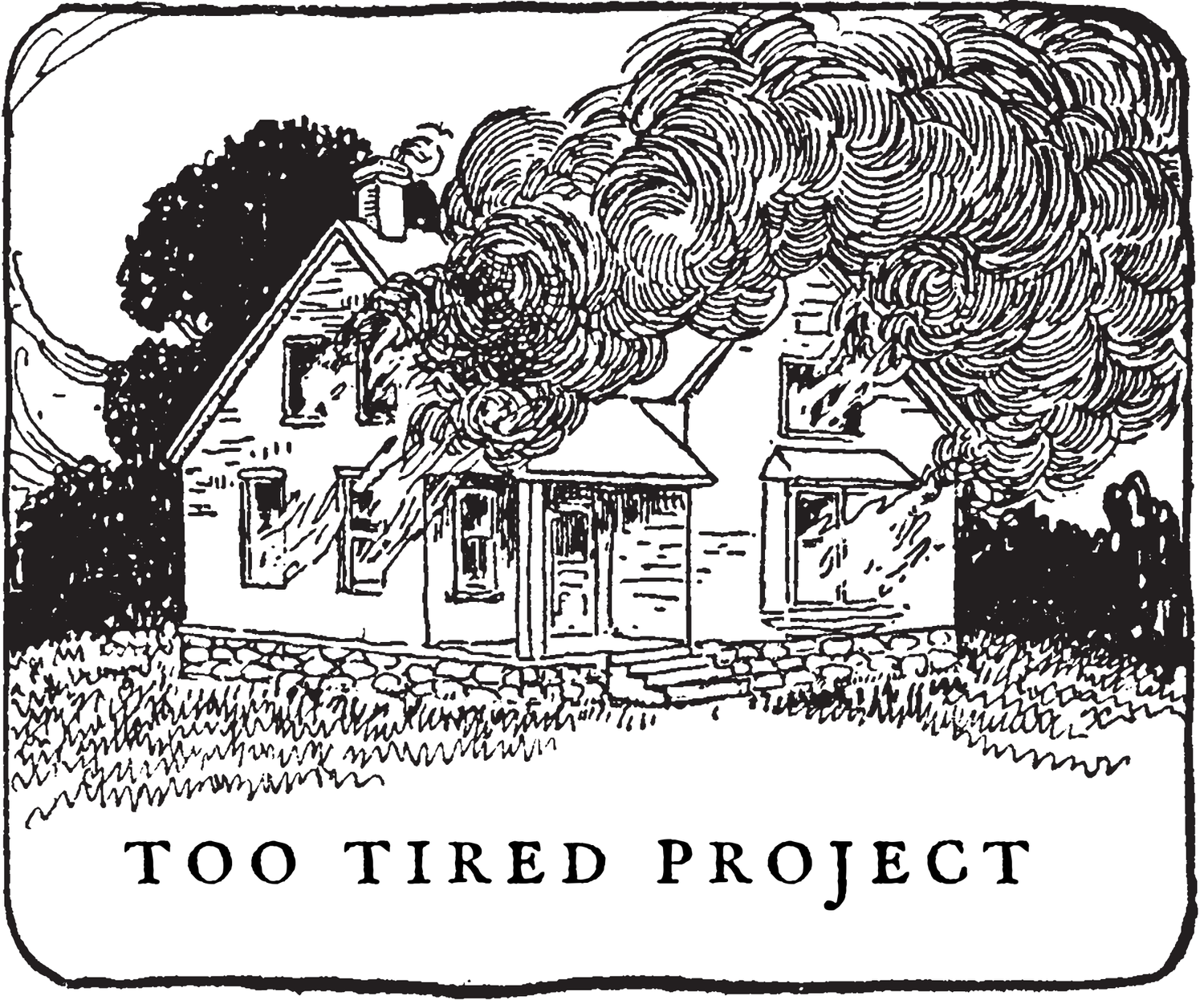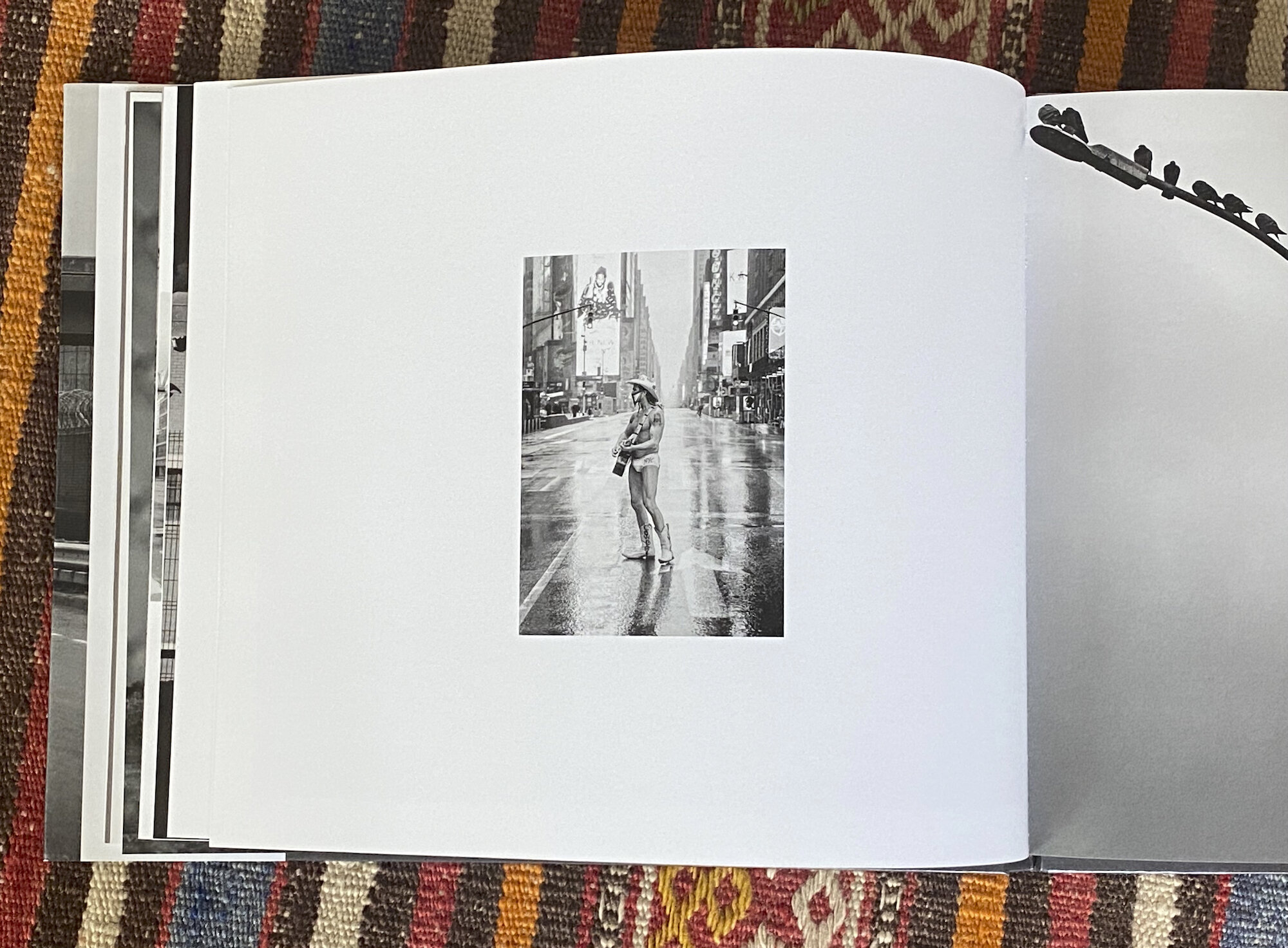Book Review: Still - April/June 2020/New York City by John Midgley
Still - April/June 2020/New York City by John Midgley
Hardcover. 13x11 inches. 96 pages. 1st edition limited to 750 copies. Black dominant 4 color printing on matt coated paper with spot varnish. Design: Ricky Sethiadi/ Editor: Noah Davis/Introduction: Donald G McNeil Jr.
Review by Beth Chucker
In our contemporary world of documenting cities, we usually see them crowded, dirty, full of life with all its emotions. Only when photographers deliberately go out and photograph in early dawn before people invade the urban landscape do we see the quietness, the haunting of the past, and possible peaceful future.
Not in the case of John Midgley’s book Still, it takes on the emptiness that happened in NYC during lockdown from April 2020-June 2020. He purposefully uses black and white photography to emphasize the loss that is happening around the city and how we all were feeling at that time, perhaps like ghosts or drained.
The opening image, which is on the left, is looking at One World Trade Center through a fence that is locked with chains. The metaphor is powerful; here is something that was rebuilt from another major catastrophic loss in the city and nation resembles our resilience. But it also reminds of dystopian ideas and fears of control. Luckily, Midgley allows us to marvel at the magnificent architectural history of what is New York City, to stay with that as we realize it is void of its internal light. The energy that is always in the air is still. We never see more than two people in an image, the most life we see is that of the pigeons that remind you of a John Woo scene. But they also take on the lone tumbleweed that one would see in a western.
Midgley shows us humor by capturing a woman in full leopard ensemble and a lone entertainer only in a speedo with NYC on it, cowboy boots and hat strumming his guitar. Maybe he does this because as we move on we see what we know was there and couldn’t believe had to be, the far too many mobile morgues (freezer trailers) that sober all of us and broke so many to many hearts. This makes sense to me, to show all of what is happening to not gloss over the horrible and to not hide from having humor.
When looking through his book I am reminded of photo histories past and how photographers use images as records of time and timeliness. These images could have been done during any time, They in themselves become timeless because of the void of color and codes we have learned, we don’t see loads of people in the latest fashion trends or on their phones walking, we see almost a blank slate. This blank slate could be seen as a new start like a death card in tarot. But we are also aware that this unusual time is not that. It is because of a real death that is looming across the city and the world.
Looking at John’s book I am reminded of when Cathy Opie photographed Wall Street empty in 2001 about a month before 9/11 her goal was to show the well known area void of humans. She knew she had to go down there before people were there early in the morning to capture an empty city. She was not aware of the impact her images would have later because of 9/11. In Midgley’s book, though the emptiness is not constructed by the photographer it is the mood that is captured. Midgley’s ability to create within the frame the visual emotion through the emptiness and solitude wit in his compositions. John is aware that these images of our present history will impact us, because we collectively were living in uncertainty. His gentleness with his subject, NYC and the pandemic allows us to reflect, mourn and hope for a return that has grown.
As Midgley states in his book, there was no work for commercial photographers but he could go and capture images to document a history in time. As some of us looked inward during those months, John looked out. I am so grateful he did.





